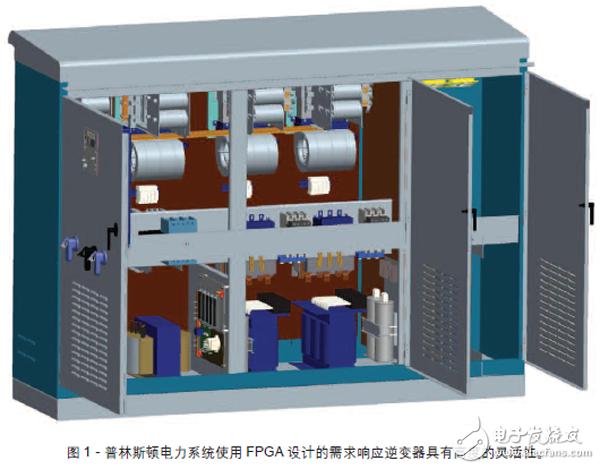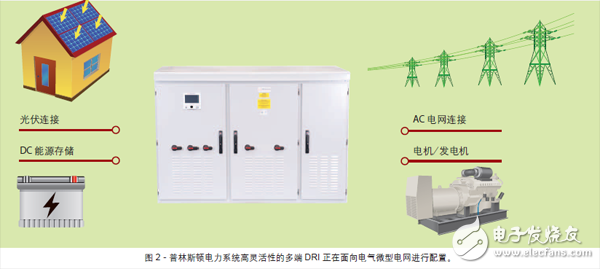Xilinx Spartan-3A FPGA Enhances Control Algorithm Implementation for Multi-Terminal DRI Power Inverters
Developing industrial products requires thorough research and preparation in a fast-paced environment where time constraints and product specifications are constantly evolving. While these products may not be as rapid as consumer electronics, they must still be delivered quickly and packed with essential features to support the next generation of innovations. Companies aim to lead in their competitive fields, especially in emerging markets like green energy, which is still in its early stages and lacks established leaders. This makes it crucial for pioneers to design, develop, and launch new solutions. Success depends not only on dedicated engineers, advanced computing, and innovative materials, but also on the availability of funding from venture capitalists or government agencies focused on improving energy generation, distribution, monitoring, and consumption.
In the fall of 2011, engineers from Princeton Power Systems (PPS), a New Jersey-based manufacturer of advanced power conversion and alternative energy systems, unveiled their latest green energy products. The Demand Response Inverter (DRI) was the result of a three-year collaboration between PPS, the U.S. Department of Energy, and the Sandia National Laboratory’s Solar Grid Integration System (SEGIS).
The multi-terminal DRI (Figure 1) offers unique flexibility, delivering higher reliability, efficiency, and lower costs compared to existing inverters. It features multiple AC and DC terminals that can route power to the grid, microgrid, DC energy storage, or dynamic loads. Programmable power and charging curves allow better control over generators, loads, and batteries, enhancing system efficiency. High-capacity, long-life switches further improve reliability.

The DRI demonstrates several key features, such as improved grid connectivity, enhanced performance of renewable energy systems, and better integration of electric vehicles and distributed generation. It is part of the company's "Sun Island" microgrid demo (Figure 2), showcasing advances in clean technology and manufacturing, including 200 kW solar arrays and lithium-ion battery systems.

Microgrids can operate independently from the main utility grid, offering reliable, low-carbon power. The DRI is compatible with diesel or gasoline generators, as well as photovoltaic or wind inputs. Small communities using DRI can reduce their reliance on the grid, cut carbon emissions, and lower utility bills. Additionally, the DRI supports electric vehicle charging and grid services, making it a versatile solution for modern energy needs.
Xilinx Spartan Technology plays a vital role in meeting the demands of industrial product development. Companies like Princeton Power Systems leverage flexible tools such as the Xilinx Targeted Design Platform (TDP) and benefit from an extensive ecosystem of design services. One of the first challenges for the engineering team was determining how to expand the digital signal processor's input/output and implement control and communication interfaces for parallel operation. PDS Consulting, a provider of design services for programmable digital systems across various industries, supported this project as part of the Xilinx Alliance Program.
The PDS team provided on-site debugging and PCB startup support, along with off-site RTL and IP design services. They also advised the developers on implementing system control interfaces for their green power algorithms. Ultimately, the engineers chose to combine the Xilinx Spartan® XC3SD3400A FPGA with the DSP as the primary control component (Figure 3).

The Spartan-3A FPGAs offer a wide range of SelectIO capabilities, providing high flexibility for complex implementations, particularly for trigger signals and ADC channels. As a perfect alternative to ASICs, the Spartan-3A family allows field upgrades, avoiding the high costs and long development cycles associated with traditional ASICs. The integrated technology enabled by Spartan-3A made Princeton Power Systems’ patented green energy conversion algorithms possible, setting a new standard in power system innovation.
Packages For Consumer Electronics,Dual Inline Housing,Complex Integrated Circuit,Integrated Circuit Package
Shaanxi Xinlong Metal Electro-mechanical Co., Ltd. , https://www.cnxlalloys.com